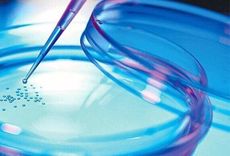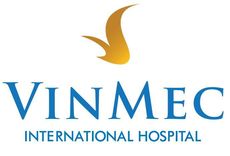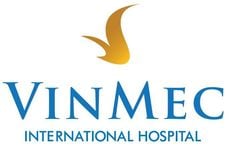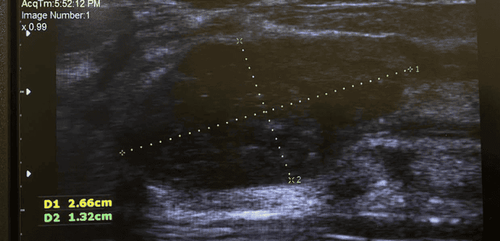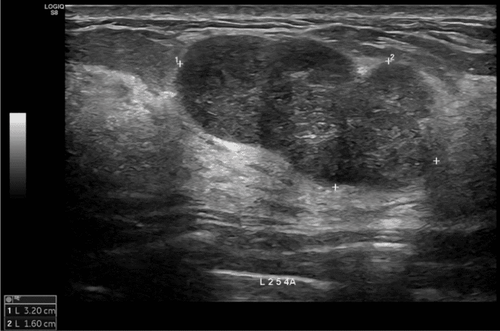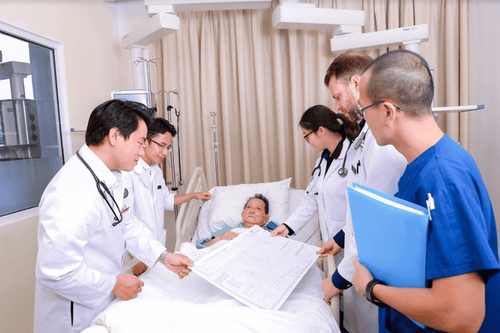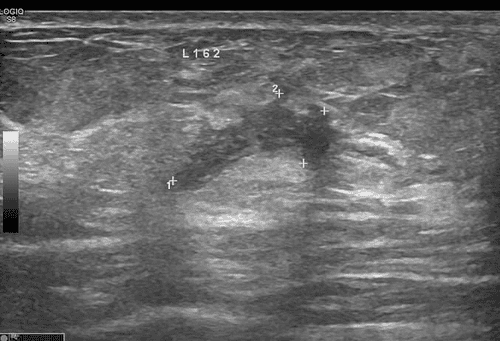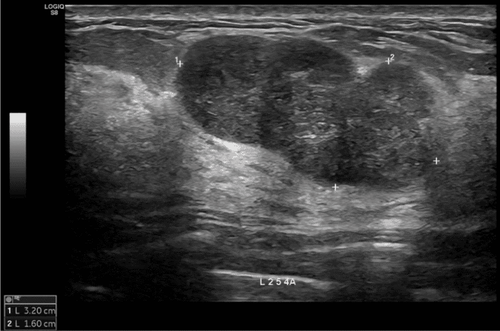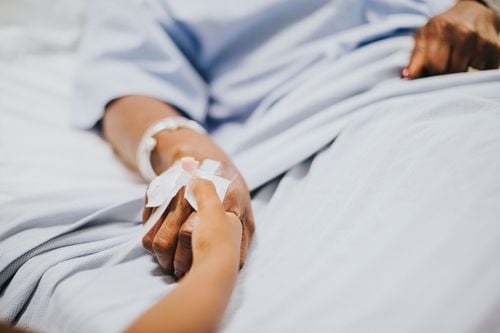Authors: Le Thi Phuong Lan, Nguyen Thi Cam Van, Nguyen Thi Nhu Trang, Tran Hue Tran (Vinmec Times City Reproductive Support Center), Truong Van Hanh, Nguyen Vu Ha, Tran Kim Lien, Vu Thi Lien.
Overview: Currently, despite the advent of ICSI technology, the rate of complete fertilization failure in in vitro fertilization (IVF) cycles remains around 1-5%. The combination of ICSI and artificial oocyte activation (AOA) can be considered a rescue method. However, the indications for AOA vary greatly between different studies. This study aims to evaluate the effectiveness of active and passive artificial oocyte activation methods.
Research method: Retrospective study on 945 oocytes of 119 couples who came for IVF at Vinmec Times City Fertility Support Center. The active AOA method is applied to patients with a history of low fertilization or poor sperm quality. Passive AOA is applied to cases with fertilization results on D1 day <50% or mature oocytes in the laboratory.
Results: In the active AOA group, the fertilization rate increased significantly in the group with a history of poor fertilization (p<0.05). In the passive AOA group, the fertilization rate improved from <50% to 76.5% in the group with low fertilization results at D1. In the group of matured oocytes in the laboratory, the fertilization rate in the AOA group and the control group was 67.61% compared to 50% (p<0.05).
Conclusion: The AOA method can be applied proactively on day D0 for cases with a history of low fertilization rates or poor sperm quality; it can also be applied on day D1 for cases where oocytes mature in the laboratory. The biological safety of AOA has not yet been confirmed, so the clinical indications for AOA should be carefully considered for each patient.
